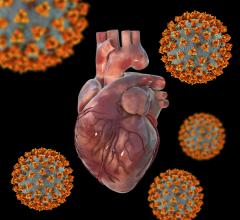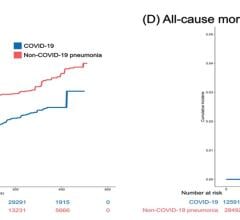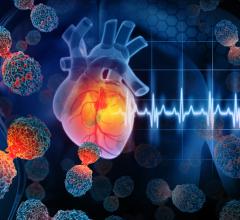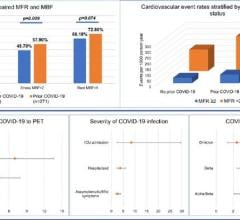
Getty Images
Arrhythmias can be described as irregular heart rhythms that are brought on by numerous factors, including heart damage, age, genetics and medications. In patients with heart failure, cardiac resychronization therapy (CRT) or biventricular pacing helps enhance the heart’s rhythm as well as the symptoms related to arrhythmia.
The CRT procedure includes implanting a small pacemaker right underneath the collarbone. Three wires that are part of the device are used for monitoring the heart rate to identify heart rate irregularities while emitting tiny electrical pulses in order to correct them. As the name suggests, it helps "resynchronize" the heart.
What are the Advantages of CRT?
Since CRT helps enhance the heart’s efficiency and bolsters the blood flow, patients report alleviations of a few heart failure symptoms including shortness of breath. Clinical studies have suggested a reduction in the hospitalization rate as well as morbidity along with an elevation in the quality of life.
The ideal candidates for cardiac resynchronization therapy are those with dilated cardiomyopathy on a non-ischemic or ischemic basis, a QRS complex of more than 120 milliseconds, a left ventricular ejection fraction of less than 0.35, and a New York Heart Association functional class III or IV symptoms and sinus rhythm.
Using CRT for those with mild heart failure has not been assessed widely and is, therefore, not recommended. The majority of the patients undergoing CRT trials had an extensive QRS complex based on a left bundle branch block. The advantage of those with left versus right bundle branch block is vague; but the latest recommendation for the therapy is based on QRS duration, instead of QRS morphology.
There are small risks pertaining to the implantation of a CRT device and are a lot like those related to the transvenous implantation of a traditional implantable defibrillator or permanent pacemaker. These risks can be infection, bleeding, pneumothorax, hematoma, myocardial infarction, pericardial effusion, death, and stroke.
What are Defibrillators?
Defibrillators are a type of CRT used to treat life-threatening cardiac dysrhythmias, non-perfusing ventricular tachycardia (VT), and specifically ventricular fibrillation (VF). A defibrillator provides a dose of electric current or counter-shock to the heart. This process helps depolarize a huge volume of the heart muscle, curbing dysrhythmia. As a consequence, the natural pacemaker of the body that is present in the heart’s sinoatrial node is re-established back to the normal sinus rhythm. A heart in asystole is unable to be revived using a defibrillator, however; can be treated using cardiopulmonary resuscitation (CPR).
Defibrillators are generally sold out of medical centers, which are automated external defibrillators, which are portable machines that can be operated by those with no previous training. This can be due to the fact that this machine generates pre-recorded instructions in the voice form that guide the user, while automatically checking the patient’s condition and applying electric shocks.
Cardiac Resynchronization Therapy Market
Surge in product innovations, expanding aging population, and the initiatives taken by the reputed players will enhance the market size. However, the massive burden of cardiovascular diseases (CVDs) worldwide remains the major reason for the market growth. Boston Scientific reports a cumulative distribution of nearly 400,000 CRT-Ds worldwide, as of February 2021. In 2020, the vendor sold close to 35,000 CRT-Ds; with around 17,450 registered in the U.S., indicating substantial demand. On the downside, the COVID-19 outbreak had an adverse impact on the market, considering the decline in demand and sales. This can be accredited to the pandemic-induced canceled or deferred elective procedures, delays in clinical studies, supply chain issues, and slow sales as well as marketing activities.
Several renowned players, like Boston Scientific, Microport, and Medtronic, reported detrimental effects of COVID-19 on their business activities and financial performance. For instance, Microport reported a 15.4% fall in its cardiac rhythm management space in 2020. The company believes that this drop in demand is owing to the postponed outpatient visits as well as surgical procedures, which brought down the number of implants.
Vijay Kundekar is Senior SEO Executive for Market Research Future (MRFR).


 March 20, 2024
March 20, 2024 








